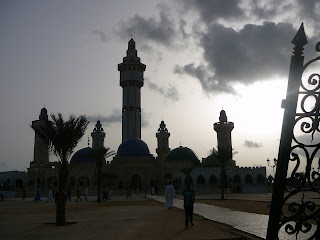Return
I had written a tentative list of things I might automatically continue doing, or at least think of doing even after leaving Senegal. When I return to Finland, I might continue to... … greet other passenger in public transport vehicles with a "salaam aleykum" ... hand over the money for the bus ticket to other passengers who will pass it on until the cashier … smile and say hello to strangers on the street … buy an alcoholic drink whenever I see one, being afraid that it might take a while before one will be available for the next time … wonder why there is no gecko poop on the floor … wave constantly my fan although it won't be anymore +32 degrees celsius, and minimum air humidity of 70 % … ask several times in a row ”how are you” with 3-4 different manners from the same person … plug in hastily all electronic equipment when there is electricity – forgetting that usually there is electricity all the time (excluding certain apartments in Brussels and summer storms in Fin...








